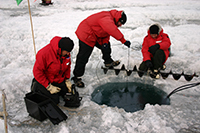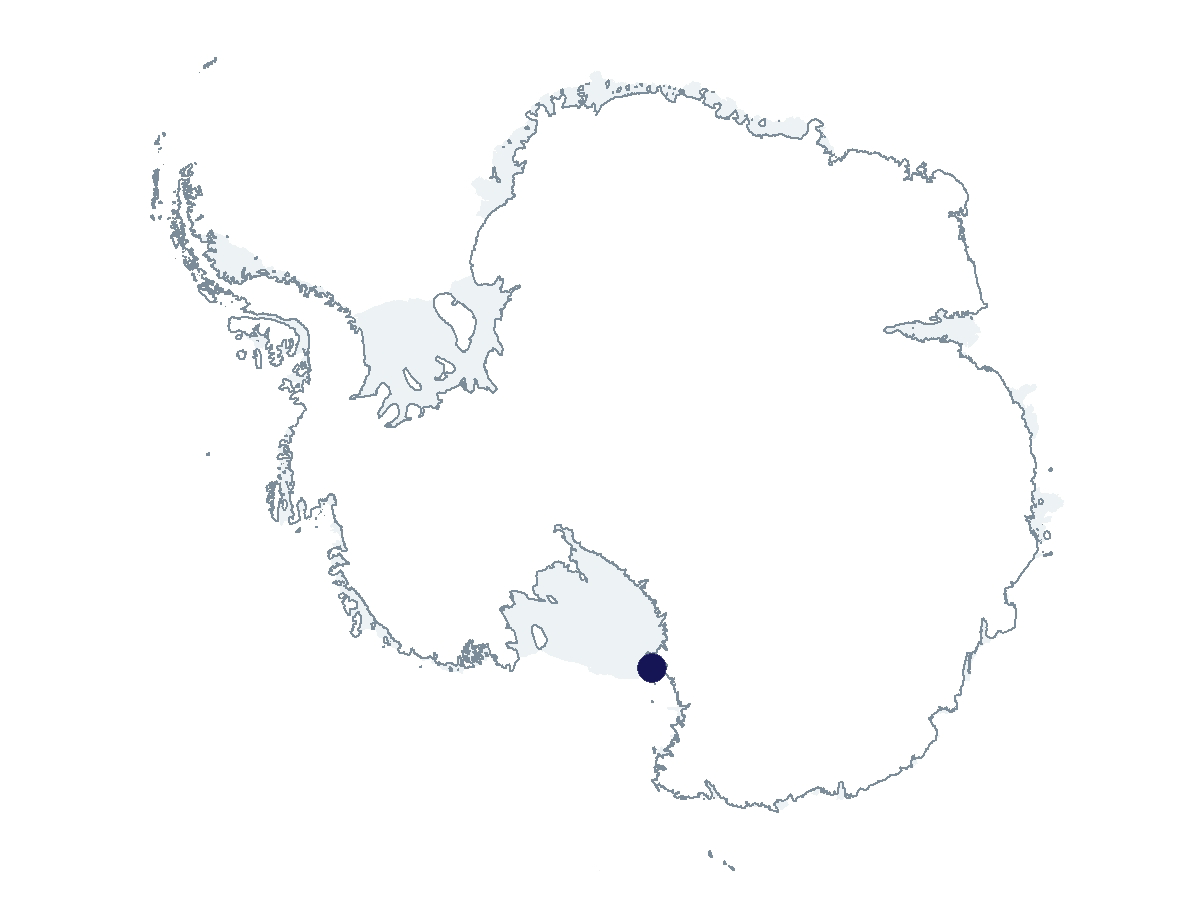2023-2024 USAP Field Season
Project Detail Project TitleMCM-LTER: MCM6 - The roles of legacy and ecological connectivity in a polar desert ecosystem Summary
Event Number:
Program Director:
ASC POC/Implementer: Principal Investigator(s)
Dr. Michael N Gooseff
Project Web Site: Location
Supporting Stations: McMurdo Station DescriptionIn this iteration of the McMurdo Long Term Ecological Research (MCM-LTER) project (MCM6), the team will test ecological connectivity and stability theory in a system subject to strong physical drivers (e.g., geological legacies, extreme seasonality and contemporary climate change) and driven by microbial organisms. The team hypothesizes that the structure and functioning of the McMurdo Dry Valleys ecosystem is dependent upon legacies and the contemporary frequency, duration and magnitude of ecological connectivity. This hypothesis will be tested with new and continuing monitoring, experiments, and analyses of long-term datasets to examine: 1) The stability of these ecosystems as reflected by sentinel taxa; 2) The relationship between ecological legacies and ecosystem resilience; 3) The importance of material carryover during periods of low connectivity to maintaining biological activity and community stability; and 4) How changes in disturbance dynamics disrupt ecological cycles through the polar night. Tests of these hypotheses will occur in field and modeling activities using new and long-term datasets already collected. Field Season OverviewTen participants will deploy for a limited field season. Three teams of three will conduct field work out of fixed camps at Lake Bonney, Lake Fryxell, and Lake Hoare between late October and early December. Activities throughout the Dry Valleys will include "limno runs", servicing the phytoplankton sampler, collecting water, ice, algal mat, and soil samples, opening stream gauges, sampling aeolian collectors on lake ice and along streams, maintenance of lake monitoring stations and meteorological stations. Earthscope GAGE will provide support measuring lake levels, setting up and servicing GPS stations, and flying UAS surveys. One LTER team member will remain in Crary Lab throughout the season to process samples. Following the cessation of field activities in early December, eight team members will redeploy and two will remain on station into January to process samples.
Deploying Team Members
|
2023-2024 Science Planning Summary



For USAP Participants |
For The Public |
For Researchers and EducatorsContact UsU.S. National Science FoundationOffice of Polar Programs Geosciences Directorate 2415 Eisenhower Avenue, Suite W7100 Alexandria, VA 22314 Sign up for the NSF Office of Polar Programs newsletter and events. Feedback Form |



